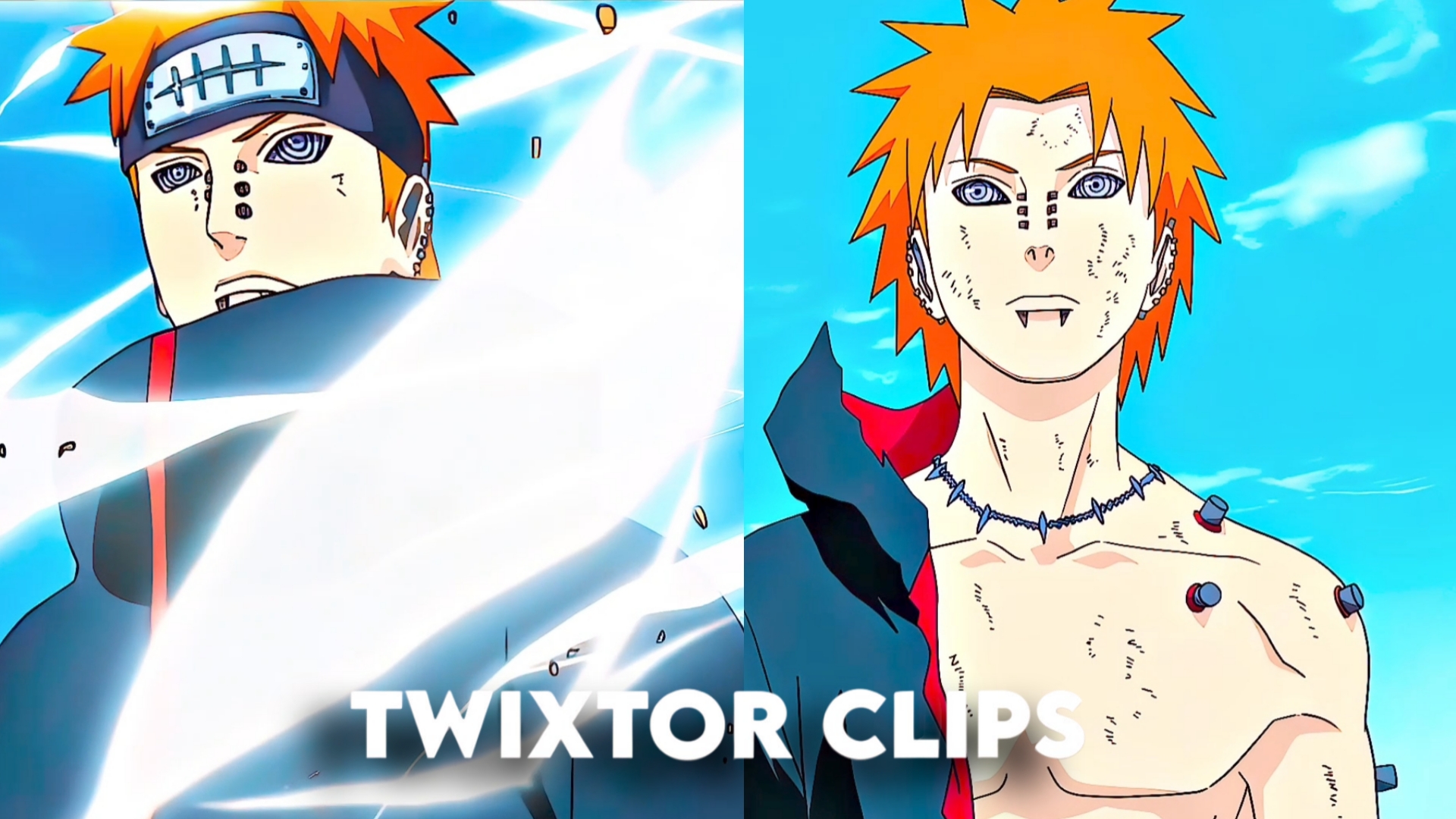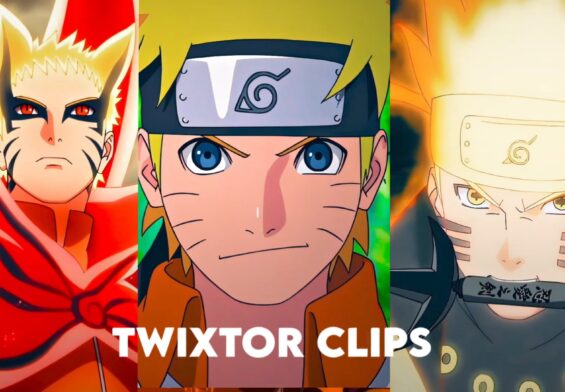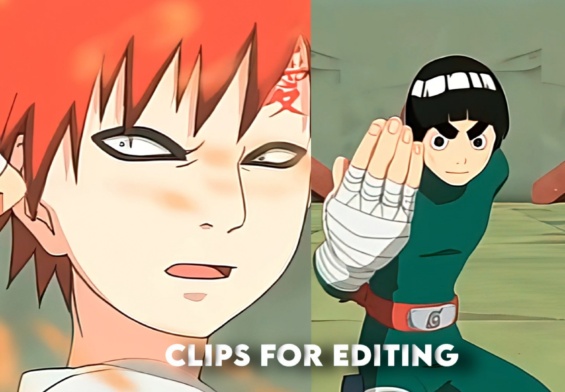♦ANIME WORLD TWIXTOR CLIPS♦
Download Movies Twixtor for Edits : https://moviestwixtor.com/movies-twixtor/
Download Series Twixtor For Edits : https://moviestwixtor.com/movies-clips/
Download Anime Twixtor for Edits : https://animeworldtwixtor.com/
Subscribe to Youtube Channel For More Clips & Twixtors : YOUTUBE
Text Me on Instagram To Request Twixtor / Clips / Promotion : RDJ EDITS / ANIMEWORLD
Pain Twixtor
Pain (Nagato): The Face of Tragedy and Peace in Naruto (650 Words)
Pain, also known as Nagato, is one of the most impactful and complex antagonists in Naruto, created by Masashi Kishimoto. As the leader of the Akatsuki for much of the series and the wielder of the Rinnegan, Pain embodies the themes of suffering, war, loss, and the pursuit of peace through extreme means. His ideology, tragic backstory, and god-like power make him one of the most memorable characters in the Naruto universe.
Pain is not a single person, but rather a persona adopted by Nagato, a war orphan from the Hidden Rain Village (Amegakure). Nagato, along with his friends Yahiko and Konan, grew up during the chaos of the Third Great Ninja War. This constant conflict, and the death of his parents at the hands of Leaf shinobi, shaped Nagato’s worldview. Initially, he was guided by Jiraiya, one of the Legendary Sannin, who taught the three orphans ninjutsu and inspired them to believe in peace and justice.
However, tragedy struck when Yahiko, the charismatic leader of their group and Nagato’s closest friend, died in a plot orchestrated by Hanzo of the Salamander and Danzo from Konoha. Yahiko sacrificed himself to protect Nagato and Konan, leading Nagato to spiral into despair and hatred. To honor Yahiko’s ideals but twisted by his grief, Nagato adopted the name “Pain” and created a new philosophy: peace through control and shared suffering.
As Pain, Nagato led the Akatsuki, transforming it from a peace-seeking organization into a militant group seeking to collect all the Tailed Beasts. His goal was to create a superweapon using the Tailed Beasts’ power to enforce peace through fear. In his mind, only by experiencing the same pain and loss he endured could the world truly understand peace. His famous quote, “Those who do not understand true pain can never understand true peace,” captures his core belief.
Pain’s most terrifying power is the Rinnegan, a legendary dōjutsu that grants him god-like abilities, including mastery over all six nature transformations, gravitational control, and the ability to summon and control six reanimated corpses—the Six Paths of Pain. Each Path has its own unique abilities, such as summoning creatures, absorbing chakra, or reviving the dead. Together, these six bodies, all controlled remotely by Nagato from afar, form a nearly unstoppable force. Pain Twixtor Pain Twixtor Pain Twixtor Pain Twixtor Pain Twixtor Pain Twixtor Pain Twixtor Pain TwixtorPain Twixtor Pain Twixtor
Pain’s invasion of Konoha is one of the most dramatic arcs in the series. He destroys nearly the entire village using the Shinra Tensei (Almighty Push), killing hundreds, including Jiraiya’s student Kakashi Hatake. When he confronts Naruto, he speaks at length about the cycle of hatred, war, and vengeance that plagues the world, questioning Naruto’s idealistic dream of peace.
Their ideological confrontation is one of the emotional high points of Naruto. Despite his hatred, Pain finds a mirror of Yahiko’s hope in Naruto. Moved by Naruto’s refusal to give in to hate and his willingness to forgive, Nagato ultimately decides to believe in him. In a final act of redemption, he uses his remaining chakra to revive everyone he killed during the attack on Konoha, sacrificing his own life in the process.
Nagato’s transformation from a hopeful child to a god-like figure consumed by despair, and ultimately to a man who finds redemption, mirrors the larger themes of Naruto—how pain can lead to hatred, but also to understanding and change. His arc serves as a turning point for Naruto himself, who learns the true cost of revenge and the burden of leadership.
Pain is more than just a villain—he is a tragic figure shaped by war, manipulated by greater powers, and ultimately redeemed by the same hope he once abandoned. His story is a powerful commentary on the nature of peace, the impact of trauma, and the belief that even in a world of suffering, change is possible.



